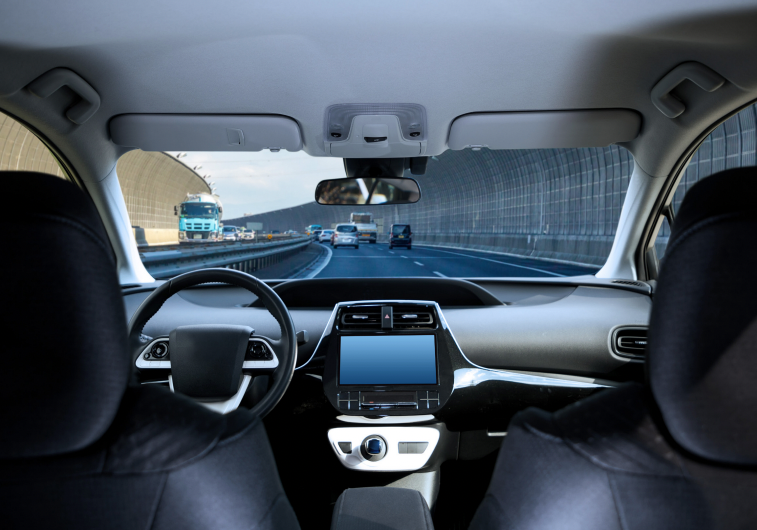Automating aspects of the workforce has far-reaching implications. When it comes to taxi services, automated vehicles (AVs) are causing concern among government officials who fear large-scale job losses and associated social upheaval. However, research such as the study “Shifting, Not Shrinking? Exploring Labor Roles in Traditional and Automated Taxi Services” demonstrates how, rather than eliminating human labor, automation often transforms it.
In this study, lead author, and Engineering Management & Systems Engineering (EMSE) Ph.D. candidate, Leah Kaplan, and co-authors, EMSE Professors John Helveston, and Zoe Szajnfarber investigated the transformational dynamics unfolding in cities across the U.S. due to AVs. They highlighted their preliminary findings in the article, “Driverless – but not humanless – vehicle systems,” published in the November issue of the ISE Magazine, the Institute of Industrial and Systems Engineers member magazine.
Through field observations, archival research, and semi-structured interviews with AV technical and operational experts, the team developed a list of detailed tasks involved in “taxi-type” services and who performs each one. This list revealed how AVs are transforming the nature of labor in taxi services because many tasks have evolved, and new front-line roles, meaning they interact with a rider, have emerged with AV services.
“Our research suggests that although vehicle automation may eliminate drivers, AV firms still require human labor for numerous other roles, many of which are likely to persist in some capacity even as the technology improves,” Kaplan stated.
For example, in current taxi and ride-hailing systems, drivers typically perform tasks such as refueling, basic cleaning, and, for AVs, additional functions like software startup procedures. It is possible to automate these routine procedures, but more technical vehicle maintenance tasks will remain an integral labor role in an AV future.
While the team is unable to make predictions about the number of jobs eliminated or created, their findings suggest that a ‘driverless’ future may not be jobless. In fact, to implement operational safety measures in AVs, they found companies had to develop two new roles, which they define as a field response agent (FRA) and a tele-assistant.
The team also identified evidence of mid-skill job creation. For example, an FRA must receive specialized training in AV technology and operation, and tele-assistants must receive specialized training in situational awareness. Some AV companies are also taking a proactive approach to develop an AV-ready mechanic workforce through partnerships with community colleges. In future research, they hope to explore how these previously hidden labor costs will affect the economic viability of robotaxi services.
Read the full article in the ISE Magazine.


